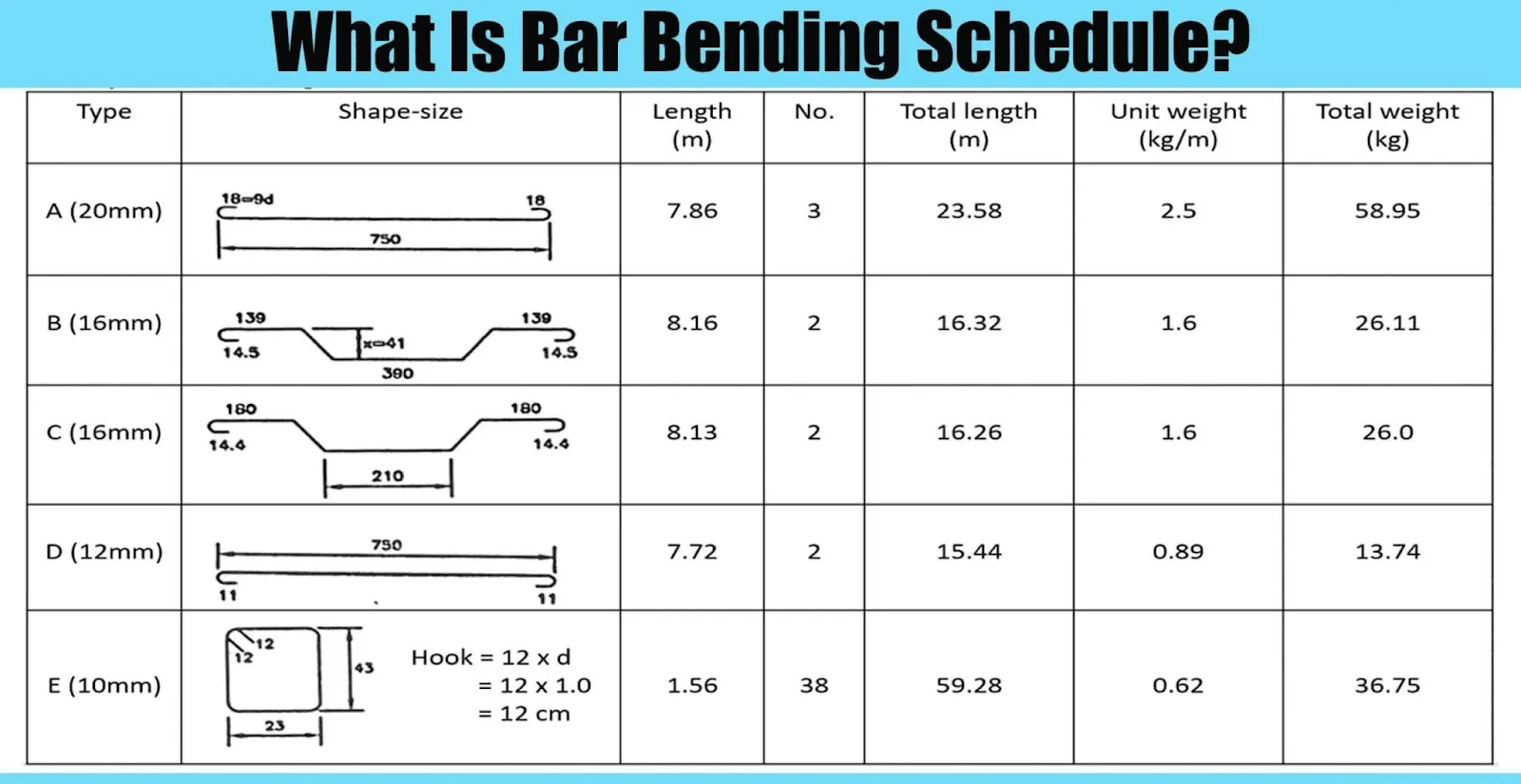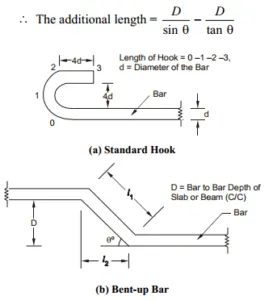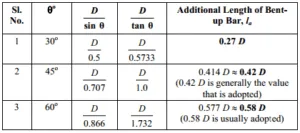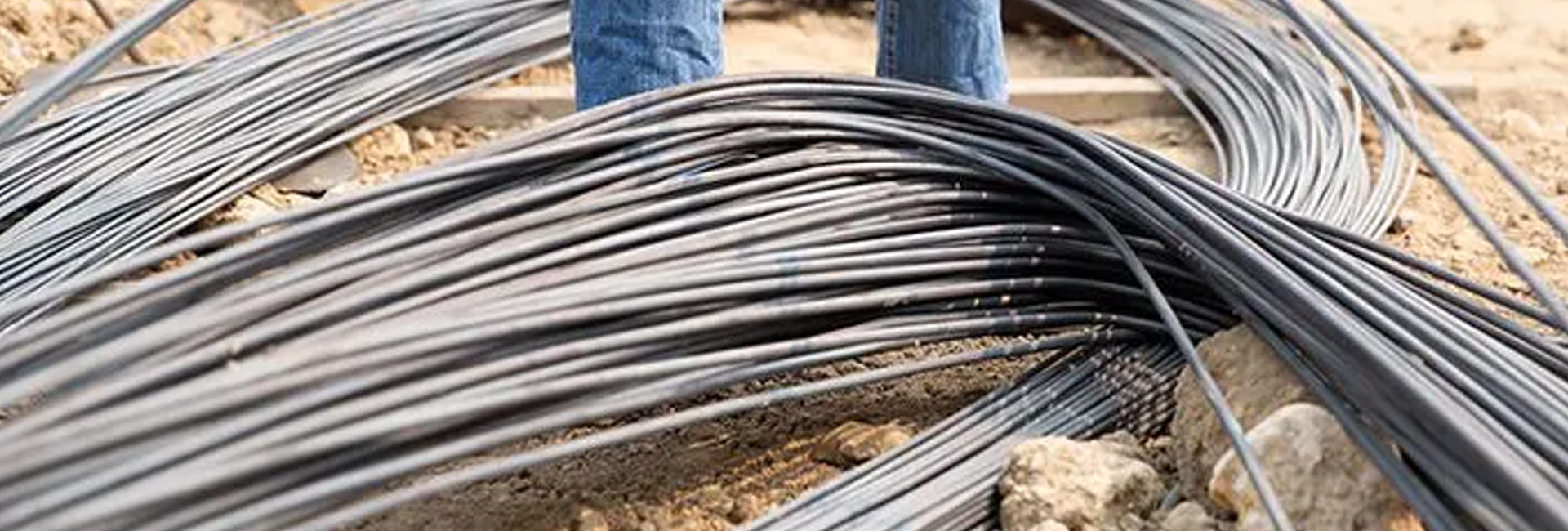Before knowing a bar bending schedule, you must understand ‘What is Bar Bending?’. Bar bending is the process of making and bending steel reinforcing bars and beams, also called “rebar,” which are used to strengthen concrete in buildings.
Table of Content |
Bar bending is based on several scientific measurements, sometimes called the “bar bending schedule.” It tells the manufacturers how to bend the steel and how strong it needs to be to make specific shapes or other concrete structures.
There are many different ways to bend a bar and many strict rules that must be followed. A bar-bending schedule is one set of rules that must be followed every time the task is done.
The bar bending schedule lists specifications and information about reinforcements that manufacturers must follow when making the different pieces the builder has asked them to make. It is to make sure that the components meet building codes.
Each country can make its own rules or schedules for bending based on the quality of the materials available there. Then, following the correct bar bending work process, suitable materials are used so bridges don’t fall, construction fails, or other problems happen.
What is the bar bending schedule (BBS)?
The Bar Bending Schedule, often known as BBS, represents the bend forms and cut lengths of bars according to the construction plans. The BBS is fabricated based on the building plans. Because the bars are bent into various shapes based on the curvature of the member, distinct BBS must be made for each member.
The bar bending schedule is presented in a table for easy visual reference. The bar bending schedule table shows the diameter, the shape of the bend, the length of the straight and bent parts, the curve angle, the total length of each bar, and their number. You need all this information when figuring out how much to buy.

The following are some crucial considerations for the bar bending schedule:
-
- The steel reinforcements should be carefully organised for each level and kept in a group so they may be quickly identified for use in each structural unit.
- The numbered sequence should be used to position the steel bars.
- In addition, every bar in each bundle must have the correct label, indicating its shape, size, and length.
- Bar lengths for cutting and bending must be determined independently.
What are the benefits of the bar bending schedule?
The bar-bending schedule tells you how long to cut the reinforcement and how long to bend it. When used with a detailed reinforcement drawing, a bar-bending schedule can improve the quality of construction, save money and time, and cut costs. For example, when building with concrete, the BBS in construction works have the following advantages.
- When there is a Bar bending schedule, reinforcement can be cut and bent at the factory and then sent to the site. It makes the work go faster on-site and cuts down on construction time and costs because fewer workers are needed to bend the bars. Bar bending also keeps 5–10% of the steel reinforcement from going to waste, reducing project costs.
- When used for Fe500, the bar-bending schedule saves 10% more steel reinforcement than when used for Fe415.
- It helps to keep an eye on the job site easier because reinforcement is done according to a bar-bending schedule using the rules of the relevant detailing standard codes.
- It gives a better estimate of how much reinforcement steel each structure needs, which determines how much reinforcement steel the whole project needs.
- It makes it easier to keep track of stocks for reinforcement. The amount of steel needed for the next construction phase can be estimated.
- A bar bending schedule is conducive for auditing reinforcement and preventing theft and pilferage.
- A bar bending schedule cuts reinforcement, bend it and make a skeleton of a structural member before it can be put in the right place. So, managing the whole project becomes more accessible and takes less time to build.
- It sets standards for the amount and quality of work needed for reinforcement and concrete.
- A bar-bending schedule gives a more accurate estimate of how much steel is needed and gives the option to change the design if costs go up.
- Using a bar bending schedule makes it easy for site engineers to check and approve the length of the bent and cut bars during an inspection before the concrete is poured. It helps with better quality control.
- It makes it easy and quick for clients and contractors to produce bills for construction work.
- The amount of steel reinforcement to be used is calculated with the help of formulas and codes, so there is no way to estimate it roughly. Hence, BBS in civil engineering plays a vital role.
- With the help of a bar-bending schedule, cutting and bending reinforcement can be done by machine. It again cuts down on the project’s cost, time, and need for skilled labour.
- When machines are used to cut and bend bars, the cost per unit of reinforced concrete work decreases. Again, this helps keep the costs of a construction project as low as possible.
How valuable is BBS in construction today?
Before the tremendous growth of the construction industry, buildings with three to four stories were considered high rises. Now, we frequently see structures with 100 or more levels.
The usual building practice in the past was to use four steel bars in each column, but today, based on load calculations, we use three to four times more steel bars per column. It is because we need more places with limited land available to us as the world’s population grows.
The fundamental principles of the bar bending schedule cover the norms, basic calculations, and real ideas applied before the rod bending work on the construction site. Specifications such as cutting length, concrete cover, spacing, and steel material grade are part of the BBS’s central idea. Every site engineer, civil engineer, or site supervisor on the construction site must be aware of these criteria before bending the bars.
Things to know about BBS in construction are
- Diameter of the reinforcement bar
- The standard length of the steel bars
- Weight of the reinforcement bar per meter length
- Size of the bar
- Overlapping length
- Concrete cover
- Spacing
- Number of steel bars
- Grade of reinforcement bars
Calculation involving BBS in construction
The reinforcing bars’ hook and bend shapes and proportions are shown in the figure; they are accepted dimensions:
(a) One hook’s length is equal to (4d) + [(4d+ d)]. – where the curved section, (4d+d), equals 9d.
(b) The additional length (la) that is added to a reinforcement bar’s plain, straight end-to-end distance because the reinforcement bar is bent up at an angle (often 45o, although it can be anywhere between 30o and 60o). Where,


By giving values to θ = 30°, 45°, and 60° respectively, we get

Are there any safety concerns about the bar bending work process?
When bending reinforcing bars, you should avoid bending them too sharply. When bent too sharply, bars risk cracking or becoming brittle. Because of this, specific minimum bend diameters have been determined for the various bar sizes and hook types.
What does TMT’s Bar Bending Schedule (BBS) mean?
TMT Bar is one of the essential building materials for making your house fire and earthquake-resistant. As a result, selecting a TMT Bar of the highest calibre is critical, making your home durable and having the ideal combination of strength and flexibility.
Its tensile strength increases thanks to the thermomechanical treatment, which produces a soft ferrite-pearlite inner core that increases flexibility. Using the bar bending work process, you can take advantage of its robust rod bending work and simplify steel bar estimation for building. Utilising BBS in civil engineering makes the task of assessment simpler.
Sree Metaliks Limited (SML), the best TMT producer in India
You need to get the best TMT bar for your building project. SML is where you can find the best high-end TMT bars in India. They have many high-quality TMT bars perfect for your building and bar-bending schedules.
The TMT bars that Sree Metaiks Limited makes and sells are of a higher quality and are treated with a thermo-mechanical process to make them stronger and last longer. SML offers the best TMT bars at reasonable prices and high-quality iron ores, pig iron, iron billets, pellets, and more.

